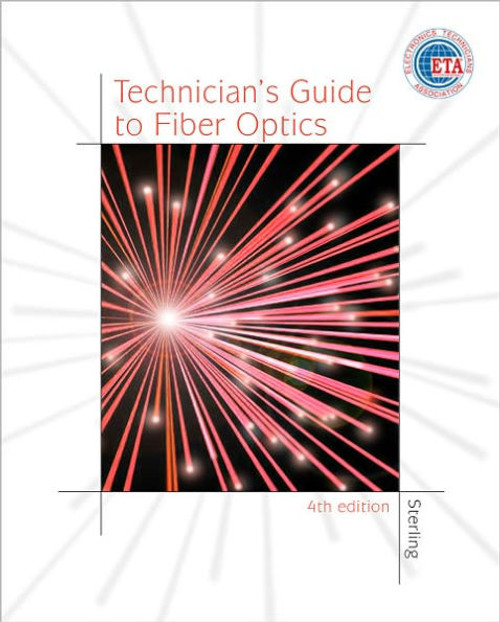An excellent primer for students beginning to study the subject, this current edition provides a practical, real-world perspective on the fundamentals of fiber optic technology and optical communications. It examines the reasons that optical fibers are the preferred communications medium, surpassing copper wire in all performance measures. A thorough explanation of how fibers work is offered, as well as useful coverage of other related optical components and how those components fit into system-level applications. Premises (LAN), metro, 10G Ethernet, and long-haul applications are also briefly surveyed.
Key features include:
- New information on coarse wavelength division multiplexing and small-form factor transceivers/connectors, new types of application-specific fibers and holey fibers, and new coverage of the evolution of tunable components and VCSELs.
- Real-world examples bridge the gap between the theory of fiber and its applciations in communications.
Editorial Reviews
"I am impressed by the breadth of this textbook and by the ability of the author to explain complicated concepts in terms that can be easily understood by the average beginner." --Hikmat Chedid, Associate Professor of Electronics and Computer Systems, Lorain County Community College
"Describes the advantages of fiber over copper, the basic components of a fiber-optic system, and how fiber-optics systems are put together. This edition expands coverage to dense wavelength-division multiplexers and vertical-cavity surface-emitting lasers." --Booknews
About the Author
Donald J. Sterling, Jr. has over 25 years of experience as a technical and ad copywriter in the areas of electronics and high technology. He has worked with AMP, Lucent Technologies, Agere Systems, ExceLight Communications, and other leaders in optical communications. Currently, Mr. Sterling is working for an advertising agency that deals with high technology. In addition to this book, he has also written related books, which include coverage of fibers in specific applications.







